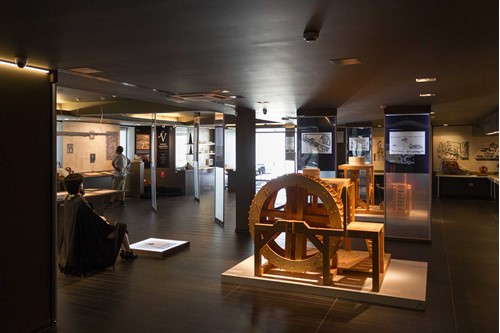THE CHURCH OF ST. BARBARA
The Gothic window with the votive sculpture at its bottom was ordered by Šibenik's doctor Marco in 1419 and was placed in the north wall. It is a unique example of a medieval relief, presenting the doctor's features on the side facing the Adriatic. Today the church also houses a little museum with some very important works from the period between the 14th and 17th century.

THE CHURCH AND MONASTERY OF ST. FRANCIS
Within the architectural complex of Šibenik's Conventual Franciscans there is also a monastery dated back to the 14th century. Since cultural-historic works of art were collected in this monastery for many centuries, it represents a place where a great deal of the city's monumental heritage is kept. The library is accentuated with a collection of 140 incunabula, as well as a collection of hand-written codices. Also found here is the "Šibenik Prayer", one of the oldest works of Croatian literature, written in Latin script around 1375.
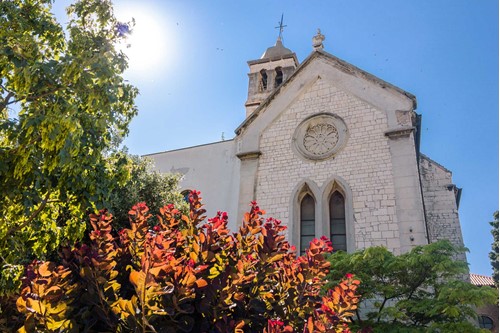
THE CHURCH OF THE LADY OF MOUNT CARMEL
In the early 20th century, the Way of the Cross Church was built from the foot to the top of the hill with fourteen chapels, each one marking one station of the Way of the Cross. The church was expanded with several additions, but it was destroyed twice, during World War II and the Homeland War. The present appearance of the exquisite contemporary church is a work of renowned Zadar architect Nikola Bašić.
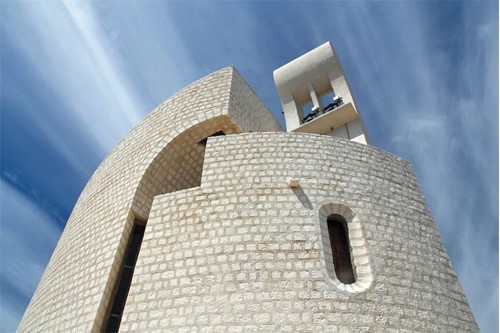
THE CHURCH OF THE HOLY CROSS
Church of the Holy Cross, built in early 17th century, is located in Dolac, the western part of the old town of Šibenik. According to legend, in the 15th century, a cross on a beam floated from the Prukljan Lake to Dolac, and the locals placed it in the tiny Church of Our Lady (consecrated in 1421, and renamed Church of the Holy Cross in 1483). The church that is visible today sits next to the old one, incorporating it in its structure, and it was built thanks to the contributions from locals who worshipped the Cross of Dolac. The Miraculous Crucifix (Čudotvorno Propeće in Croatian) is still kept in the main altar niche.
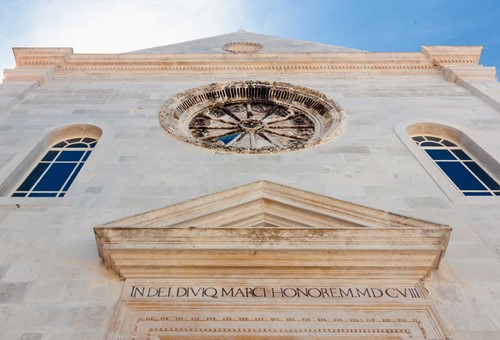
KRAPANJ MONASTERY
The most valuable exhibits are "The Last Supper" (a beautiful fresco by the 16th century Italian artist Francesco da Santa Croce) and "The Black Madonna on the Throne" (a prised Renaissance painting). In its library there are many other values, such as the Bible from 1474 and 23 incunabula. There is also a little museum containing sponges, corals, amphorae and old pottery collections.
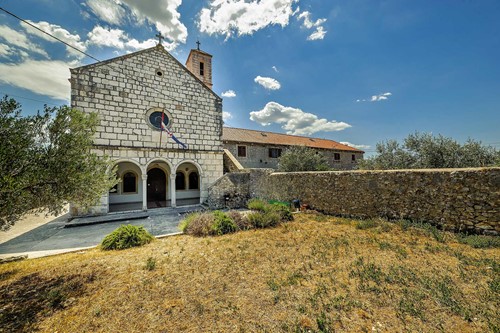
ŠIBENIK TOWN MUSEUM
The complete museum material is divided in three main collections: the archaeological department, the cultural-historical department and the department of recent history. The museum has achieved the most significant results in the field of scientific activities, exhibitions and publishing. Numerous archaeological sites near Šibenik and the nearby coastal waters have been researched and over 300 exhibitions organized, and many editions extremely valuable for the illumination of Šibenik's history have been issued by the organization.
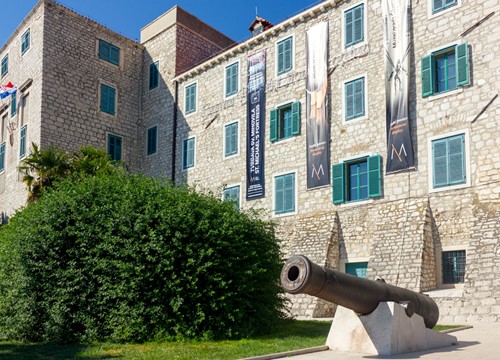
BETINA MUSEUM OF WOODEN SHIPBUILDING
The charming Museum of Wooden Shipbuilding in the village of Betina on Murter Island offers an interactive stroll through the history of exceptional craftsmanship. The museum reveals the story of the old master builders and specifies the reasons why they have achieved such international renown in building outstanding wooden ships.
The permanent exhibition highlights the skills of Betina's shipbuilders and educates about distinctive and colourful first-rate vessels, from small fishing boats called "kaić" to larger cargo ships. However, the pride and joy of Betina is definitely "gajeta", a 5 to 8 m long and 2 to 2.6 m wide boat with the sail as an elementary navigational tool, protected by the Croatian Ministry of Culture as a part of the national intangible heritage.
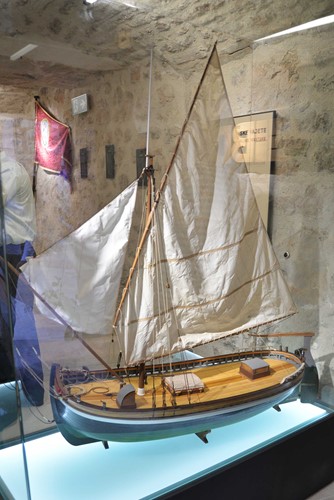
FAUST VRANČIĆ MEMORIAL CENTRE
Some of Vrančić's inventions on display include: the mill on the boat, the mill with the contact wheel, the iron bridge, the bridge in Vienna, Homo Volans or a flying man, the sundial, the oil press, the sea-bottom cleaner, as well as the dictionary of five European languages, including the first Croatian and Hungarian printed dictionaries ever.
